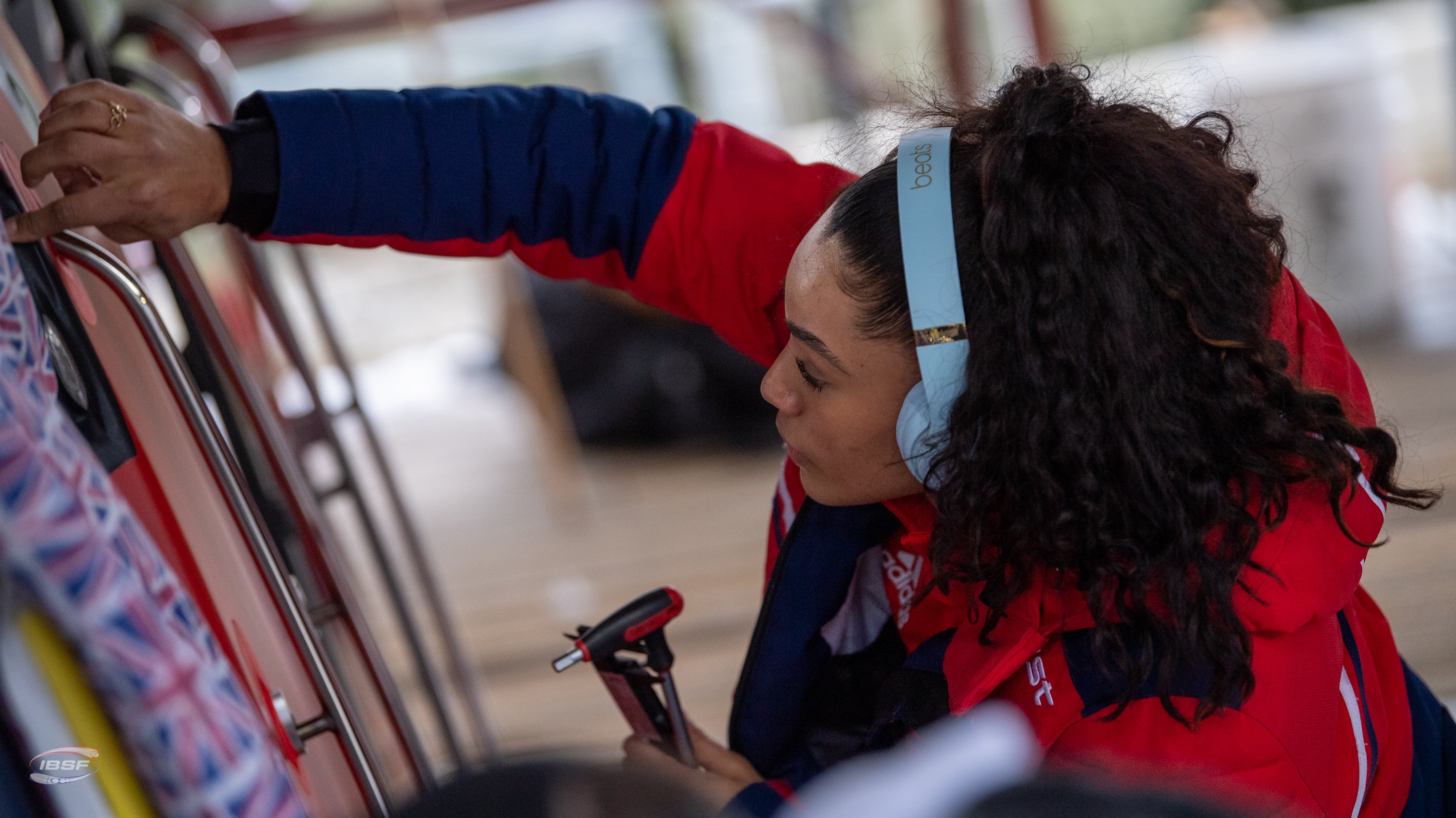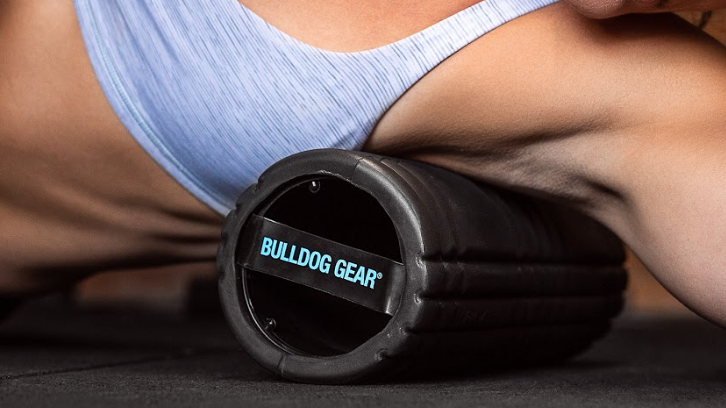THE BEST MOVE YOU'RE NOT DOING
|
19/10/2021 | Andrew Tracey Andrew Tracey is a long time collaborator with Bulldog Gear. A coach, writer and current fitness editor of Men’s Health Magazine, he has been in and around the fitness industry for the past 16 years. Having enjoyed and endured a number of disciplines from endurance racing, to strongman, to Crossfit AT enjoys getting neck deep in the practice just as much as the theory. |
Want epic, full body strength that make you feel like you’re carved from granite every time you pick a weight up? Then you need to focus on your ‘pillar’.
Even in the world of functional training, with full body workouts and multi joint compound movements, ‘pillar strength’ is often overlooked.
The Pillar refers to the shoulders, torso and hips, so essentially the conduits from your trunk to your extremities. By thinking of the ‘pillar’ as a single definable unit, as opposed to a set of separate joints, it becomes easy to see where we generate power from one part of that system to the others, and moreover, where we leak power when we treat each joint individually, ignoring anything that isn’t working at that very moment.
When we learn to consciously switch our pillar on, as one rigid (but pliable) structure, from top to bottom, we can plug those power leaks and effectively transfer useful kinetic energy from one part of the body to another.
Learning to ‘stack’ your body effectively, from top to bottom, creating tension even when one part of your body seemingly doesn’t need to be working, is vital in transferring lower body power efficiently through the hips and outwards to your limbs.
This can be a difficult concept to master, especially if you have a background of body part splits and isolation exercises, so sometimes it’s helpful to plug in hybrid movements that cue you to recognise the power of the pillar.
Enter the ‘bear hug reverse drag’.
The bear hug reverse drag forces you to be mindful of your trunk, shoulders and back; in a movement where you may be tempted to just worry about putting one foot behind the other.
A valuable, tactile prompt to keep your self ‘stacked’, maintaining strength from top to bottom.
A great restorative movement that’s easy on the joints and has no eccentric, meaning it won’t hamper your recovery. This is an ideal exercise for runners to throw into the rotation, strengthening the lower body and postural muscles, whilst teaching you to fire them in unison.
No sled? No problem- fix a resistance band to a low anchor point, step inside, and march against the tension of the band, if your programme calls for a set distance simply take two steps to every one metre prescribed.
Slot this movement in at the end of a lower body day, as a steady state finisher, or as a standalone on a low impact, active recovery day and you’ll be carved from stone in no time.



